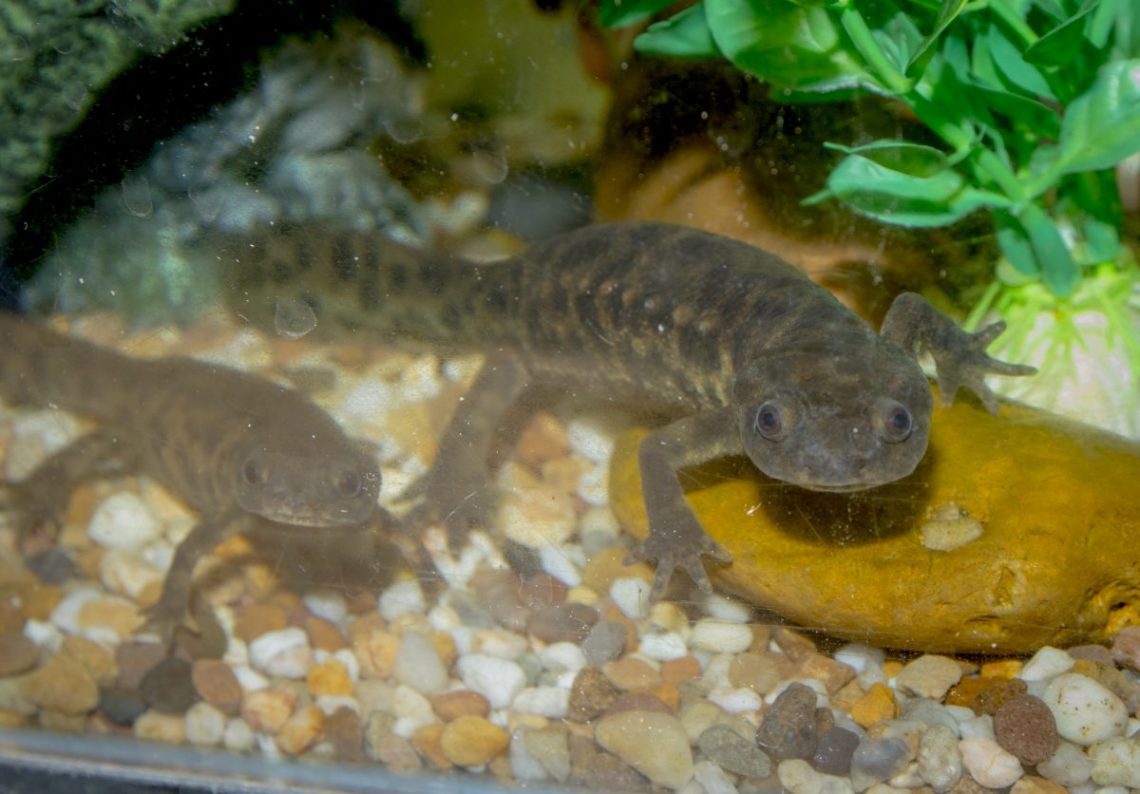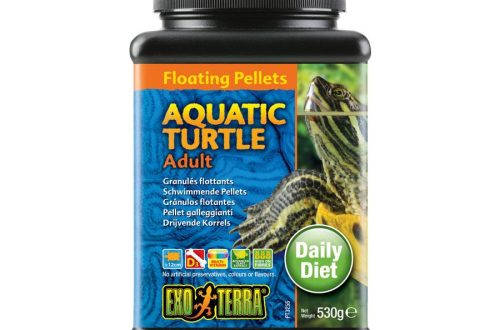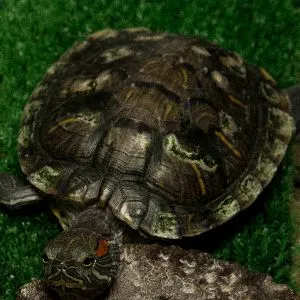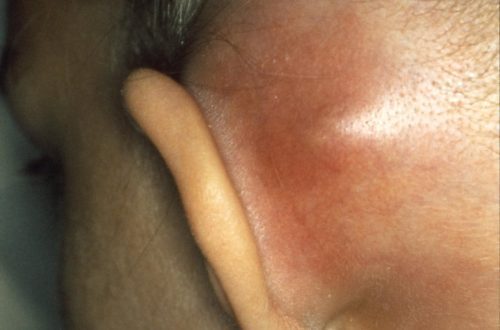
Spanish (spined) newt.
Surely many of you have observed newts in the summer cottage and in nearby reservoirs. Unlike toads and frogs, they are tailed amphibians. The Spanish newt is considered the largest, which can grow up to 20-30 cm. It lives, of course, not in our country, but in muddy stagnant reservoirs on the Iberian Peninsula, as well as in Morocco. He also attracts most terrariumists as an unpretentious interesting pet. In addition, the Spanish newt breeds easily in captivity. With good care, they live for about 12 years.
The body of the newt is painted gray-green, with black spots and orange stripes on the sides, and the abdomen is yellow. He is quite friendly and will easily get along with brothers of the same size as him, as well as with large aquarium fish. But small fish can be perceived by him as a floating lunch.
Newts are able to perform miracles of regeneration, restoring “lost” organs and body parts.
Probably the most difficult thing in keeping these animals is maintaining the water temperature at the right level, especially in summer. The temperature should be within 15-20 degrees, increasing it can lead to illness and even death. For the same reason, it is not recommended to take newts in hands without special need (our hands are too hot for them). To cool the water, the owners resort to various methods: install cooling equipment, send a fan to the surface of the water, or simply place ice containers in the aquarium. You can choose any convenient way, the main thing is to control with a thermometer in which water the newt swims.
Since in nature, newts are nocturnal, an ultraviolet lamp in the terrarium is not required.
For living in an apartment, a horizontal terrarium is suitable (based on approximately 50 liters per individual). The water level should be 20 -25 cm, and it is also necessary to create an island where the newt could, if desired, go out, take a break from the aquatic environment. Gravel can be used as soil, but preferably larger than the head of a newt, so that it does not have the opportunity to swallow a stone and thereby incur intestinal obstruction. It is very important for the comfort of the newt to make places for shelter in the water; as a nocturnal inhabitant, he will certainly want to hide from daylight. To do this, it is quite possible to use coconut shell halves, ceramic pots, without sharp chips and edges, or ready-made shelters from a pet store.
There should be a lot of plants in the aquarium, among which the newt can also hide, and during the breeding season, place eggs on them.
Newts, among other things, are excellent pets because they are known as clean, they pollute the water a little. Having installed the filter, you will not have to change it so often. Water aeration is not required, and if it is, then you should set it to the minimum mode. Tritons may well make do with atmospheric air, surfacing and swallowing it near the surface.
After feeding, all uneaten food should be removed from the aquarium so that it does not become a cause of rapid contamination of the water.
So what to feed the newt at home? The diet can be very varied. These are lean fish, seafood, organ meats, earthworms, tubifex, insects, small live fish. The only remark is that it is better to refrain from feeding only gammarus (this is not a complete food), bloodworms (it can cause some diseases), as well as oily fish or meat.
You need to feed young newts every day, and, starting from two years old, three or two feedings per week will be enough. The volume of one portion of the newt will determine itself, and everything that he does not eat, just remove from the water. In addition to feeding, you need to add mineral and vitamin preparations to the diet, which you can find in pet stores.
If you decide to start breeding newts, then you will have to create a “wintering” for them with a gradual shortening of daylight hours and a decrease in temperature to 5-10 degrees. After they have overwintered, they have a desire to continue their tritonian genus.
To keep a Spanish newt you need:
- Horizontal terrarium (from 50 liters), with small areas of land, shelters and plants.
- The water temperature is at the level of 15-20 degrees.
- The soil is a large pebble.
- Filter, water purity control.
- Food: lean fish, seafood, offal, insects.
- Vitamin and mineral supplements.
You can not:
- Without unnecessary need to take a triton in hand
- Keep in warm water.
- Leave food leftovers after feeding in the water.
- Keep together with small fish and fellows, as well as with aggressive inhabitants of aquariums.
- To allow the presence of sharp objects in the terrarium.
- Feed one gammarus or bloodworm, oily fish and meat.





